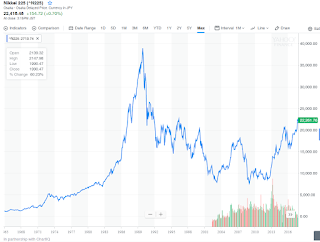| Last | Change | |
| S&P Futures | 2590.3 | 8.3 |
| Eurostoxx Index | 388.5 | 2.1 |
| Oil (WTI) | 56.2 | -0.3 |
| US dollar index | 87.4 | -0.1 |
| 10 Year Govt Bond Yield | 2.36% | |
| Current Coupon Fannie Mae TBA | 102.651 | |
| Current Coupon Ginnie Mae TBA | 103.494 | |
| 30 Year Fixed Rate Mortgage | 3.9 |
Stocks are higher this morning on overseas strength. Bonds and MBS are flat.
Existing Home Sales rose 0.7% in September, according to NAR. This was the second slowest this year, behind August. Overall, sales were down 1.5% YOY. Tight inventory and the hurricanes affected sales. The median home price increased 4.2% YOY to 245k. Inventory was 4.2 month's worth. First time homebuyers fell to 29% of sales, driven by a dearth of inventory at the lower price points. The NAR also puts in a plug for maintaining the mortgage interest deduction and the state / local tax deductions, as eliminating them will make homeownership more expensive. “There's no way around the fact that any proposal that marginalizes the mortgage interest deduction and eliminates state and local tax deductions essentially disincentives homeownership and is a potential tax hike on millions of middle-class homeowners,” said Brown. “Reforming the tax code is a worthy goal, but it should not lead to the middle class, who primarily build wealth through owning a home, footing the bill. Instead, Congress should be looking at ways to ensure more creditworthy prospective buyers are able to achieve homeownership and enjoy its personal and wealth-building benefits.”
Economic activity picked up in October, according the Chicago Fed National Activity Index. Production-related indicators drove the increase. Employment-related indicators were positive, but less so than September. The economy definitely seems to be accelerating.
What is driving global growth? China and India for the most part, but it looks like Japan is waking from its long slumber at last. Japanese growth has been missing since the early 90s and is transitioning from being a drag on global growth to a driver of it. Don't forget, Japan is the third biggest economy in the world and has been largely moribund since the early 90s. Want to see what a real bear market in stocks looks like? Take a look at the long term chart of the Nikkei 225: The Nikkei is hitting 20 year highs, and is still 43% below its 1989 peak.
The Japanese resurgence will probably mean higher interest rates, at least at the margin, as well as higher commodity prices. Much of this will depend on what happens in China, which has a massive real estate bubble and will probably have to go through a secular recession like the US did in the 30s and Japan did for the last 2 decades.

No comments:
Post a Comment